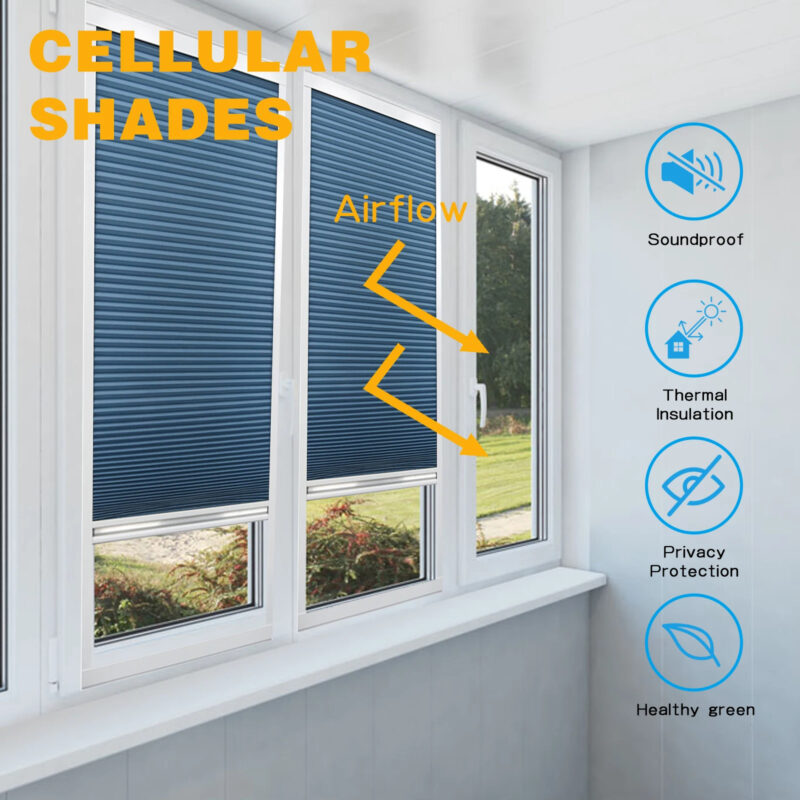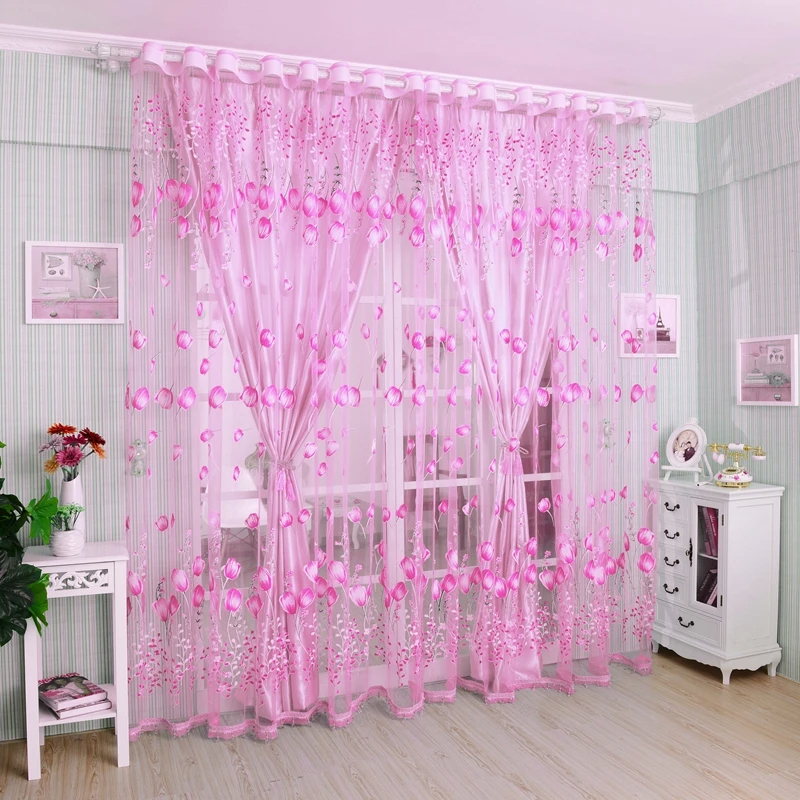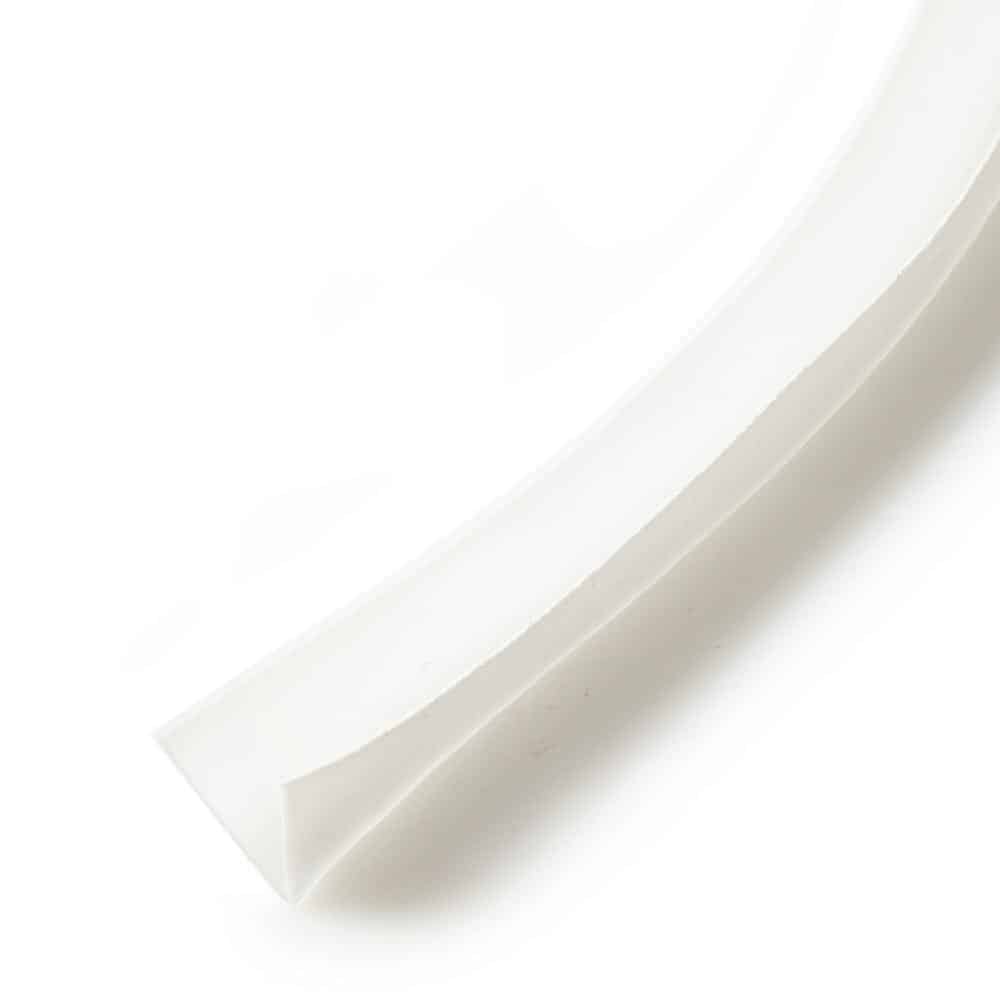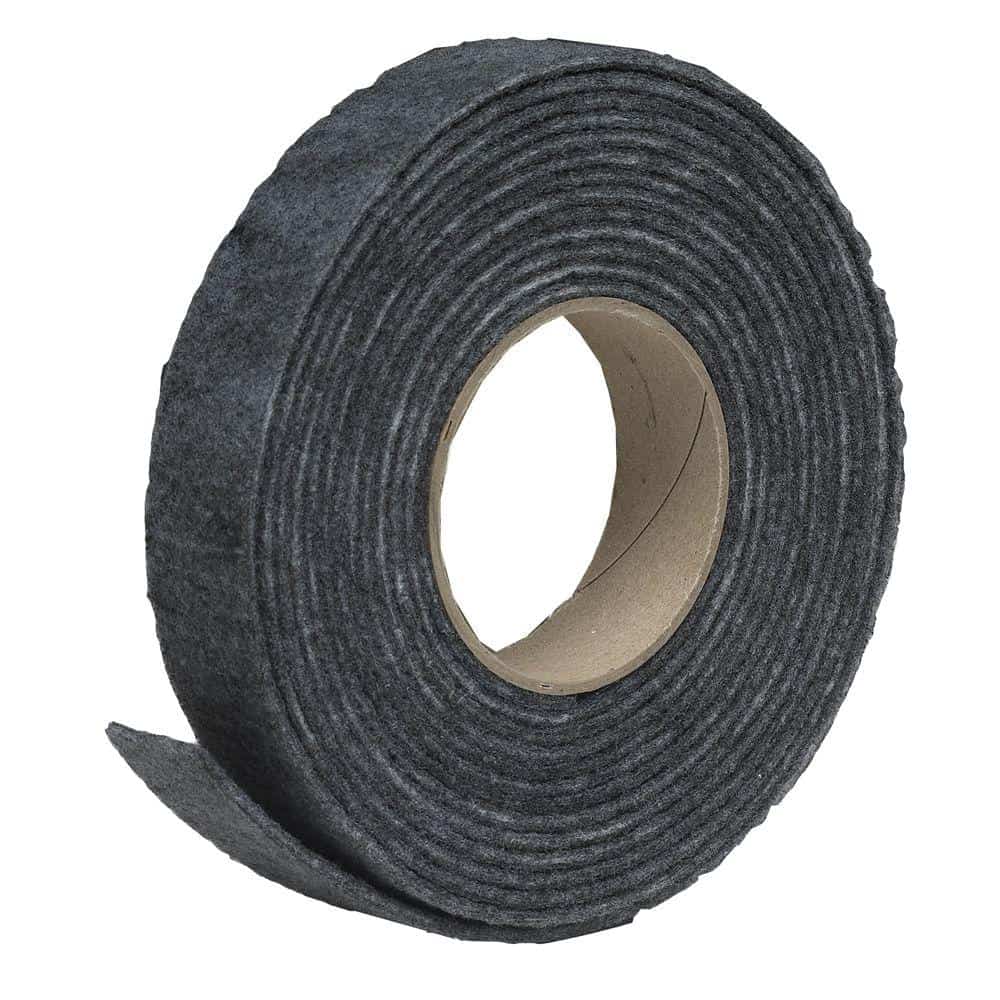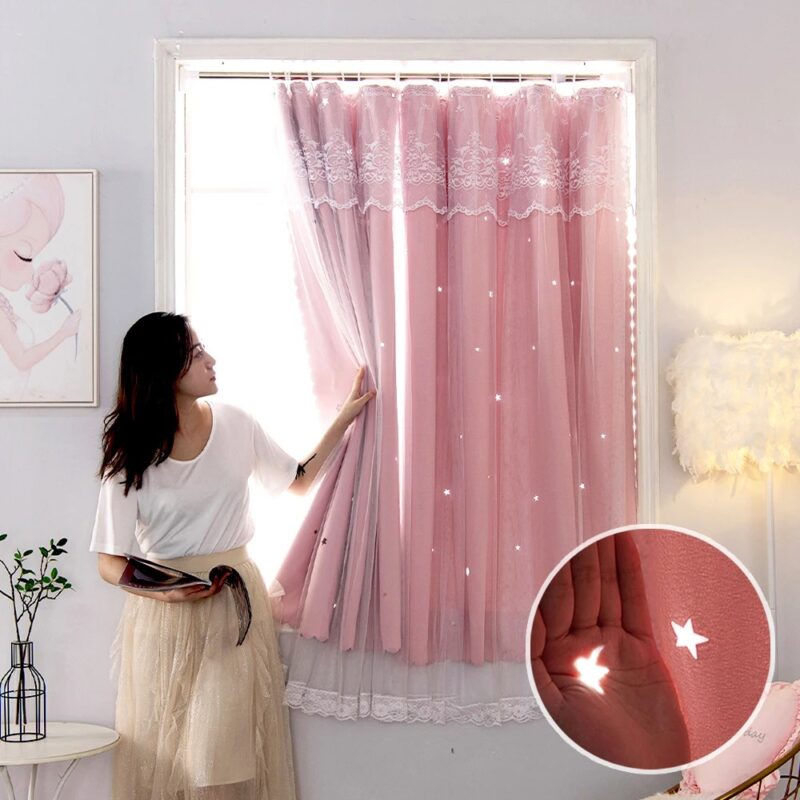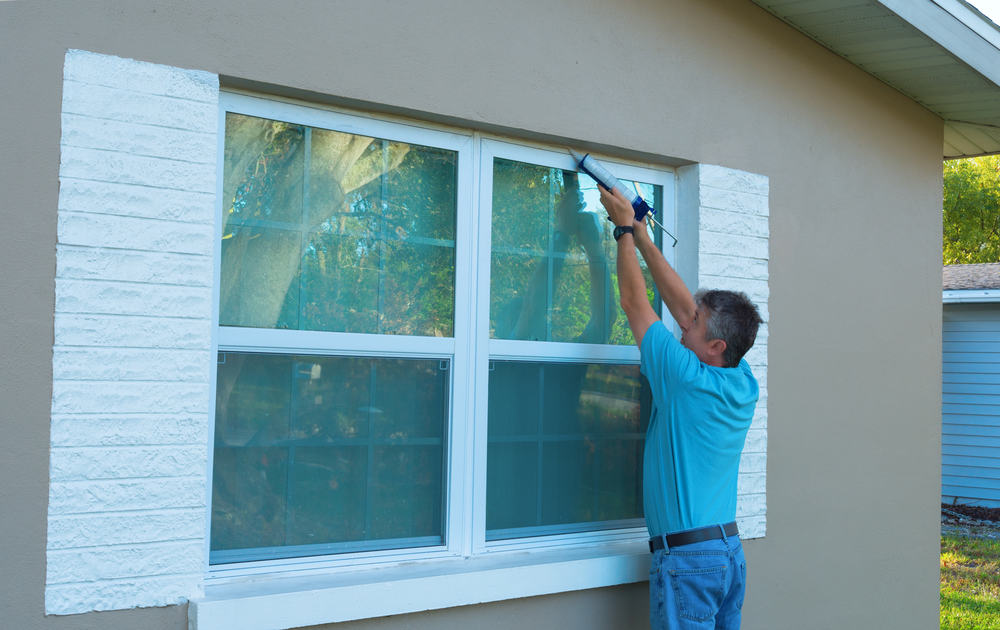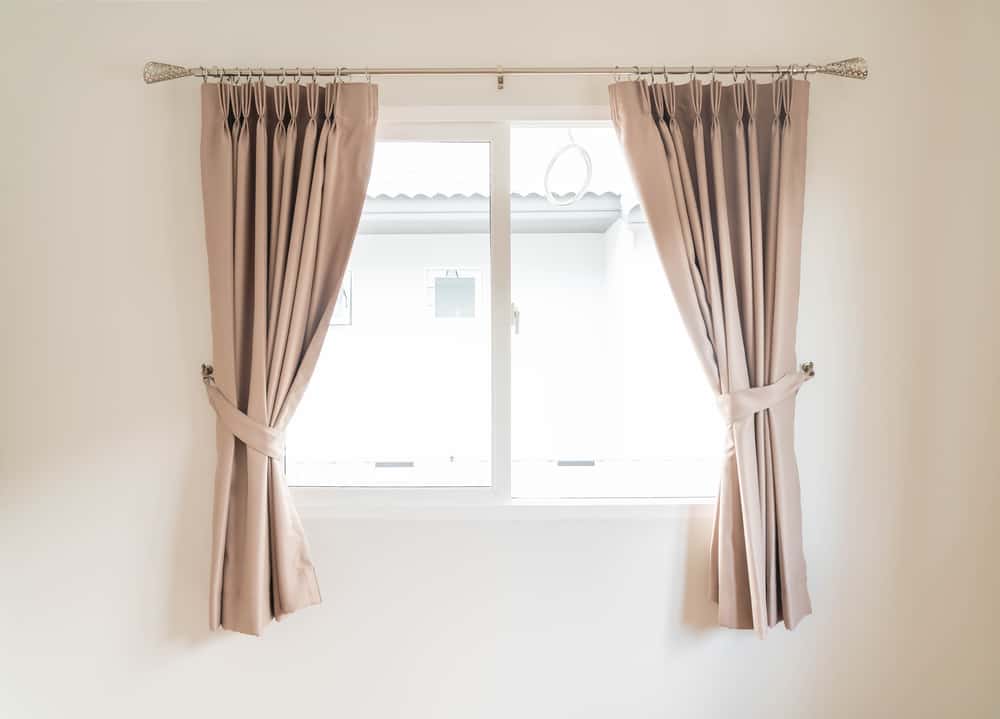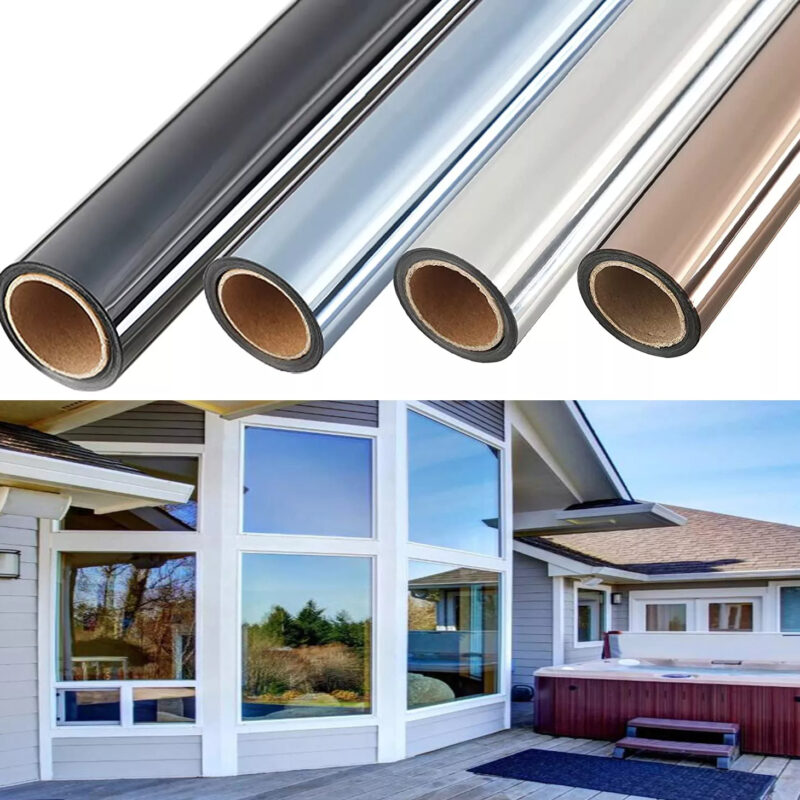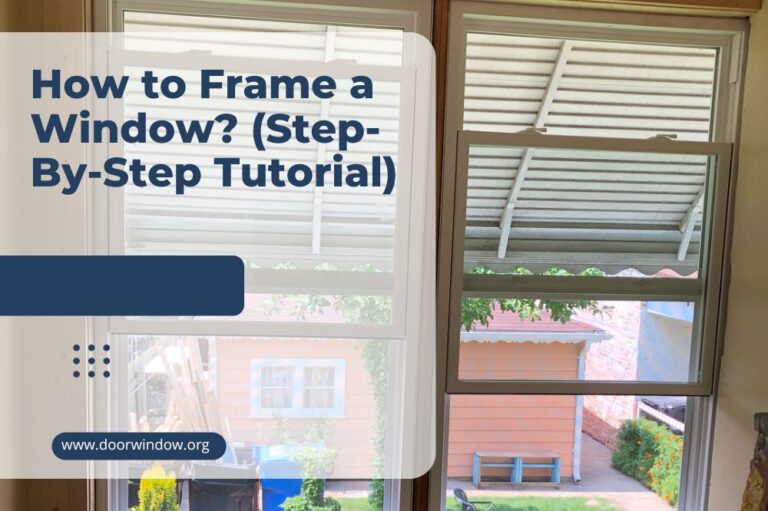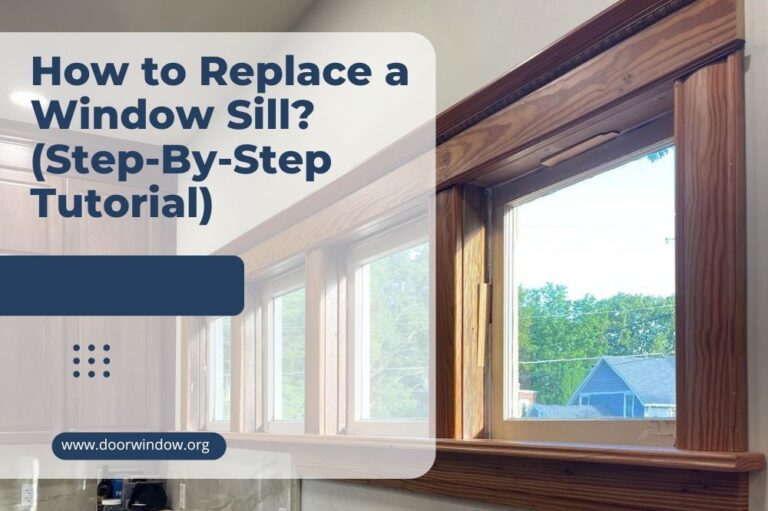5 Easy Ways to Winterize Your Window

Everyone loves a cool breeze, but the cold winter air can make people feel uncomfortable. For this reason, you decide to shut your windows and door completely. But the cold air still finds its way into your home.
When such happens as mentioned above, the only way is to winterize the window. This approach makes your space livable, and lessens the cold, thus reducing your utility bills.
Luckily, you can weather-tight window with several quick and straightforward methods. But the common method is to seal the outer window and caulking the interior one at the same time.
Aside from the method mentioned above, there are other best ways to weatherize windows. Now let’s get started and provide you these ideas to keep your home warm.
How to Winterize Windows
1. Caulking
Start by removing any existing caulk or old paint from the outer part of your window. Usually, you can complete this activity with a metal putty knife. However, a 6-in-1 painter tool will do a better job.
This item includes a hard, beveled scraping blade and sharp end. Thanks to these features, it’s possible to remove any unwanted debris. Also, you can sharpen the beveled edge with a bench grinder.
After taking out the old material, dip a scrub brush in warm soap solution and clean any dirt or debris. Complete this step by wiping with a rag or old towel. Now, head to the outer edge of the window and place a fresh supply of caulk. With this seal, you can block any space between the window frame and sliding or outdoor trim boards.
For this method on how to seal windows for winter, you need to use a good caulk. Ideal examples include products marked “siliconized” acrylic caulk or 100% silicone sealant.
2. Weather Stripping
After sealing the exterior part of the window, head inside the building and apply weather stripping techniques to the sash – parts of the window that can move. If you need a great window winterizing products, you can head to any home improvement store that sells window repair tools to get it.
Adhesive Backed Foam
One of the best ways to winterize window fittings is by using this type of weather stripping material. When used, this product handles drafts and holes via compression. Since you can cut it with scissors and stick it on a surface, anyone can use this product.
However, it does not stay on untidy interior window surfaces. With this in mind, wipe out any dust or dirt that can affect the adhesive on the product.
Are you planning to work on double-hung windows? Then, try applying the sticky foam weather stripping to the lower end of the bottom sash and the upper end of the top sash. If you prefer another method, fix the sticky foam to the sill that lies under the lower sash and the top of the upper sash.
Both methods will keep the draft from a shut sash. But if you want to work on sliding or casement windows, slap the foam in a vertical position on the side jamb. You can even place it on the vertical edge of the sash.
Tubular Rubber-Gasket Weather Stripping
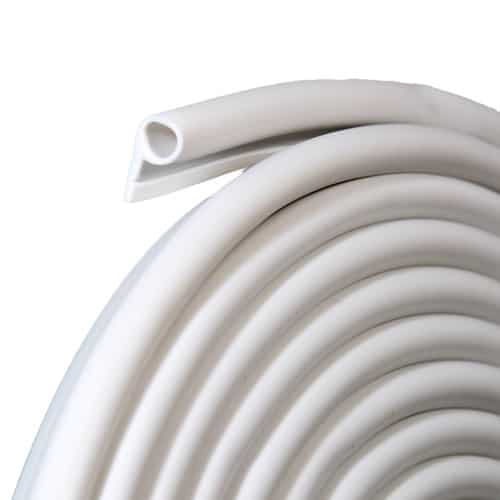
This item is closely similar to the adhesive-backed model. But instead of foam rubber, it includes an empty rubber tube. When the sash compresses it, this material adjusts perfectly to space and blocks any cold air.
To fix the tubular gasket on the wall, use the sticky feature on its back. If you can’t find one, then you will have to screw in the item via wood or metal flange.
Asides, these types of gaskets, some stores sell variants that boast of foam-filled centers. Unlike the hollow version, this product maintains its shape perfectly.
Spring V-Seal
As you can guess from the name, this item comes in a V-shape. This item is a tension weather-strip made out of sturdy plastic and combined with steel. When the V shape opens, a force exists between the window frame and sash, thereby blocking any cold air.
Typically, you can get this item in plastic, but it also comes in stainless steel, copper, aluminum, and bronze. To cut up the plastic version, you will need a pair of scissors, while other options require a couple of aviation snips.
You can install plastic V-seal by peeling and sticking them on a surface. To place metal ones on the wall, try nailing the item to the wall.
Felt Weather Stripping
If you want to try out the best ways to winterize windows, try working with felt. Unlike most window winterizing products, this material comes as the oldest weatherstripping window method. It features a sticky back or fixed metal flange.
This stripping works for casement, sliding, and double-hung windows. Besides, it’s easy to use and does not cost a fortune. However, it does not last as much as the other options.
Window insulation kits: Window insulation kits consist of shrink-wrap plastic. They block out drafts by covering the whole window. Besides, it has a double-sided tape that keeps it in place, thereby making it one of the best ways to winterize the window. However, before you can open the window, you will need to remove the plastic itself.
3. Storm windows
Let’s say you need to winterize a single pane window, storm windows come as the ideal options for this task. Even if they do not provide window insulation, they block out the chilly air.
You can get this tool in different models. For instance, one uses plastics while another boasts of top quality glass. If you want to know how to seal a window from the inside, any model will do nicely. You can even use them for the exterior part of the building.
Storm windows have features for permanent installation. But if you prefer something temporary, low e-glass storm windows will do an excellent job.
4. Cellular Blinds
If any of the earlier mentioned products do not interest you, check out dual celled window blinds. These items do not come cheap, but they tend to last long. Apart from dealing with the severe winter cold, it stops the summer heat from getting into your building.
Furthermore, a good set of window blinds offers the right level of privacy. To get the best results, install the top down bottom up blinds that don’t have cords.
5. Curtains
Hanging curtains on the window can help keep the cold out. Besides, it serves as a simple way to enjoy privacy and add a dash of color.
But for you to get the ideal level of insulation, try looking for the strong double line curtains. Just look for one that complements your home decor.
Wrap Up
Winter air can make your home feel uncomfortable and add pressure to your heating system. But with the right set of tools, you can learn how to seal old windows and new ones.
These include using
- caulks
- weather stripping
- storm windows
- cellular blinds
- curtains
If you want options that work on the outer or inner part of the building, any of the methods – except with the curtains or blinds – will work fine. But if you want to protect your home, the curtains and blinds will work great. They even beautify your space and help with privacy.



